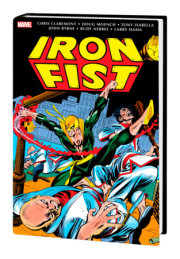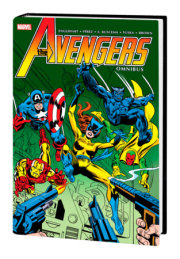In the 1970s, Tony Isabella wrote for as eclectic a set of characters as can be imagined — including Black Goliath, Captain America, Champions, Ghost Rider, Astonishing Tales' It the Living Colossus, Luke Cage Hero for Hire and Marvel Chillers' Tigra. At DC, he co-created Black Lightning and collaborated with Richard Howell on Shadow War of Hawkman. He wrote Justice Machine for two separate publishers and has announced his intention to write Heroic Publishing's Tigress. In Comics Buyers Guide, his “Tony’s Tips” column is a regular feature.
Jim Shooter entered the comic-book field at age 14 as writer and penciler of the “Legion of Super-Heroes” feature in Adventure Comics. Later moving to Marvel, he wrote Daredevil, Ghost Rider, Marvel Team-Up, Marvel Two-in-One and other titles. As editor in chief, he tightened Marvel’s publishing schedule; added new titles; nurtured fresh talent; launched the New Universe; and wrote the 12-issue Secret Wars and its sequel, Secret Wars II. Eventually leaving Marvel, Shooter wrote for Valiant, Defiant and Broadway Comics before entering different creative fields at Phobos Entertainment and TGS Inc. Later returning to DC to write Legion of Super-Heroes, he subsequently helped revamp Gold Key heroes at Dark Horse.
Steve Gerber (1947-2008) first came to attention writing Defenders, in which he gave the non-team a non-traditional outlook equaled by few. In Adventure of Fear, he introduced Howard the Duck. Gerber’s other 1970s contributions included scripts for Iron Man, Sub-Mariner and more. Elsewhere, he is equally well-remembered for DC’s Phantom Zone, Eclipse’s Destroyer Duck and others.
After over three decades of writing and drawing the Johnny Hazard comic strip, which he created in 1944, Frank Robbins (1917-1994) co-created Invaders with Roy Thomas, marking Marvel’s first major revival of Golden Age super heroes. His distinctive art style subsequently graced Captain America, Ghost Rider, and the licensed properties Human Fly and Man from Atlantis. Following a stint as writer on DC Comics’ Superman’s Girl Friend Lois Lane, he collaborated with artists Neal Adams and Irv Novick on runs of Batman and Detective Comics, respectively; his work is credited as instrumental in returning the Darknight Detective to his gothic/noir roots.
Don Heck (1929-1995) worked for Harvey, Quality, Hillman and other publishers before arriving at Atlas Comics, later Marvel, where he penciled and inked stories for virtually every genre: crime, horror, jungle, romance, war, Western and more. With Stan Lee and others, he launched Iron Man, his supporting cast and his early rogues gallery — including the Black Widow, Hawkeye and the Mandarin. He also succeeded Jack Kirby on Avengers. At DC, his artwork appeared in Justice League of America, Flash, Wonder Woman and other titles.
After a start as inker to his older brother John, Sal Buscema penciled Captain America, Defenders, Incredible Hulk and more. Famed for his ability to meet tight deadlines, he spread his talents across multiple genres. His 1970s work ranged from Ms. Marvel and Nova to Sub-Mariner and Spider-Woman’s first appearance in Marvel Spotlight. He was the uninterrupted artist on Spectacular Spider-Man for more than one hundred issues and penciled the web-slinger’s adventures in Marvel Team-Up, in which he and writer Bill Mantlo introduced Captain Jean DeWolff. After handling more team-ups in the Thing’s Marvel Two-in-One, he reunited with brother John on Steve Englehart’s Fantastic Four. He later provided inks for Tom DeFalco’s Spider-Girl titles and Thunderstrike miniseries.

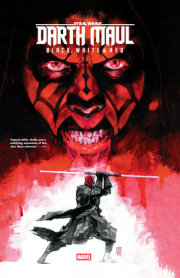
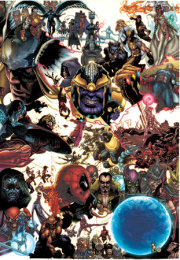
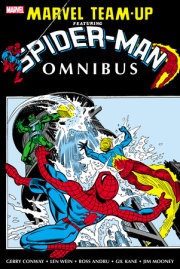

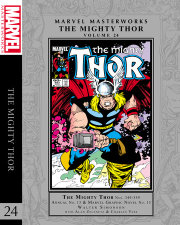
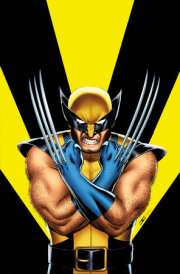

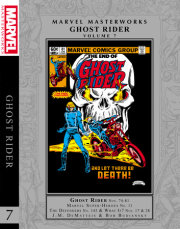
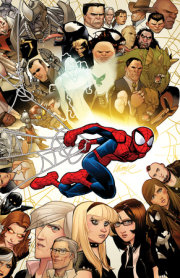
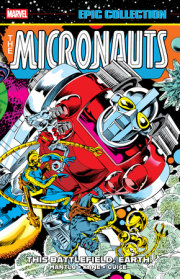
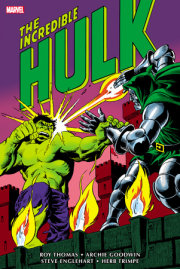

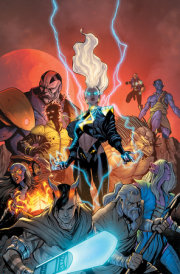
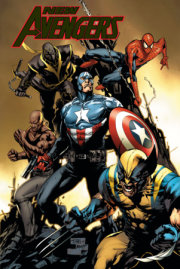
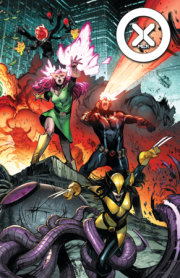
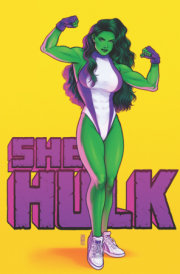



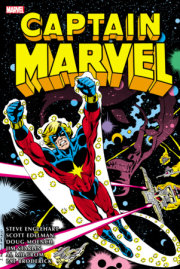

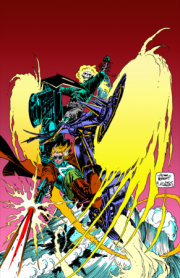
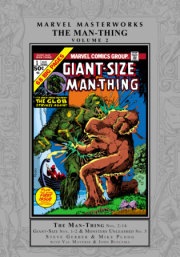
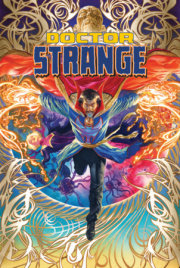
![Tomb Of Dracula Omnibus Vol. 1 Neal Adams Cover [New Printing 2]](https://images.penguinrandomhouse.com/cover/9781302965037?width=180)
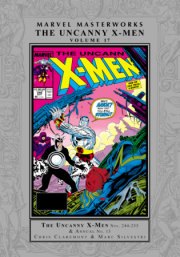
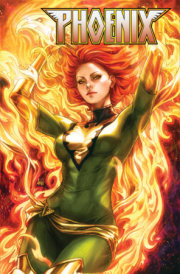
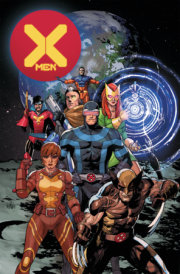
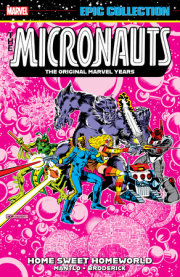
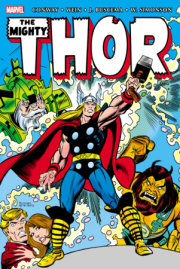
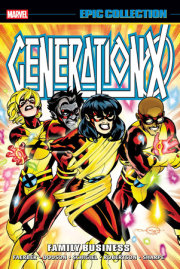
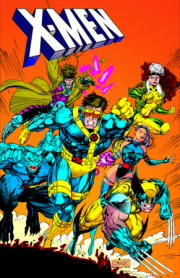
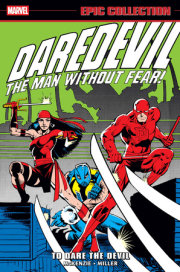
![Iron Man: Demon In A Bottle [New Printing 2]](https://images.penguinrandomhouse.com/cover/9781302961817?width=180)
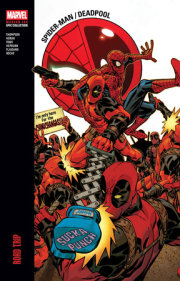
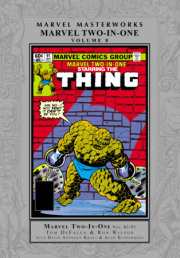
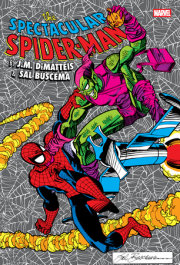

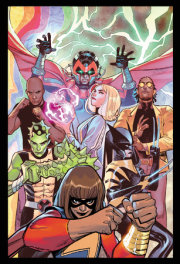

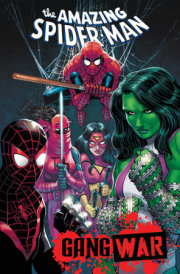
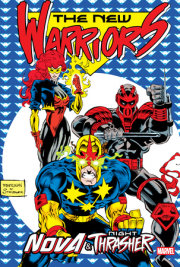
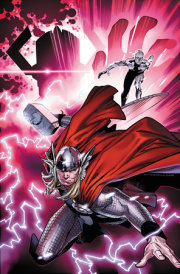
![Annihilation: Conquest Omnibus Aleksi Briclot Cover [New Printing 2]](https://images.penguinrandomhouse.com/cover/9781302966324?width=180)

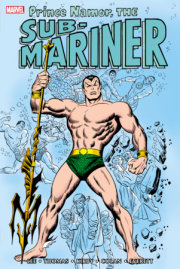
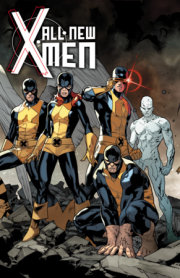
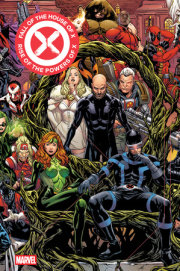
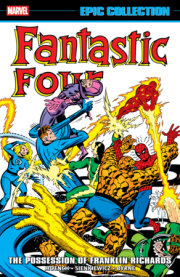
![Original Sin [New Printing]](https://images.penguinrandomhouse.com/cover/9781302966249?width=180)
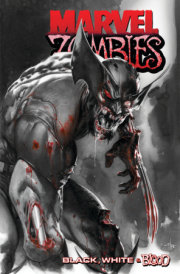
![X-Factor By Peter David Omnibus Vol. 1 Larry Stroman Cover [New Printing]](https://images.penguinrandomhouse.com/cover/9781302963705?width=180)
![Avengers West Coast Epic Collection: Vision Quest [New Printing]](https://images.penguinrandomhouse.com/cover/9781302963910?width=180)
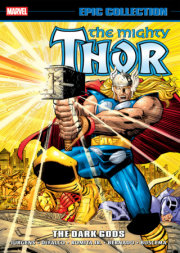
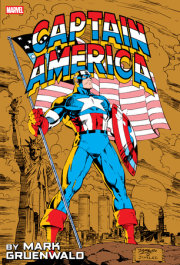
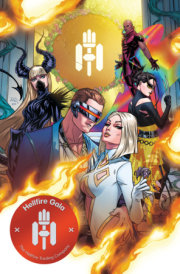
![Wolverine Goes To Hell Omnibus Jae Lee Cover [New Printing]](https://images.penguinrandomhouse.com/cover/9781302961381?width=180)
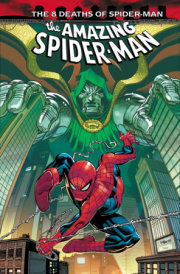
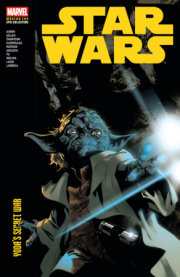
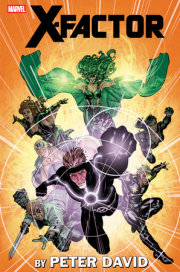
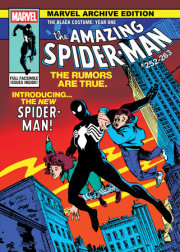


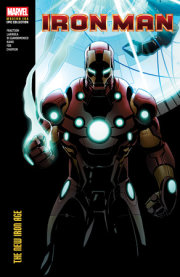

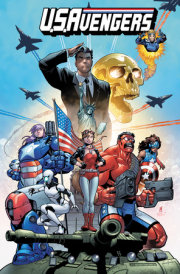
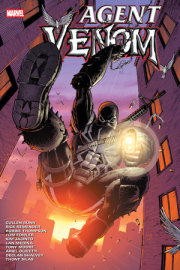

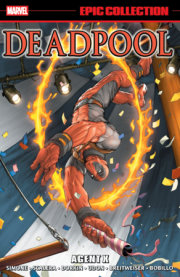

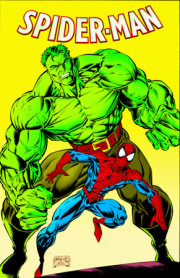
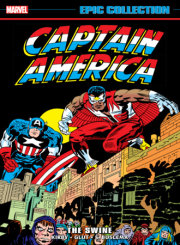
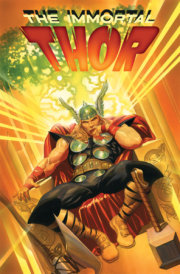
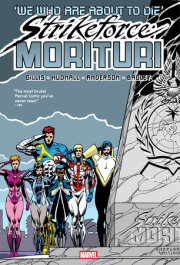
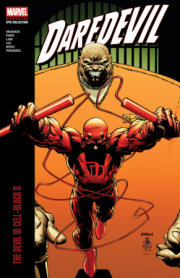
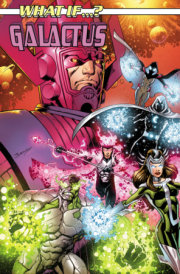
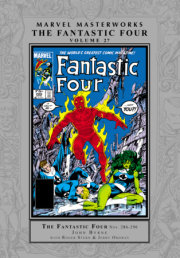


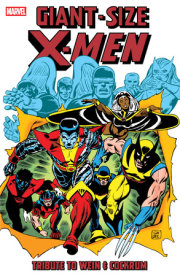
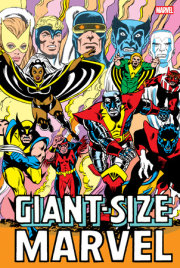
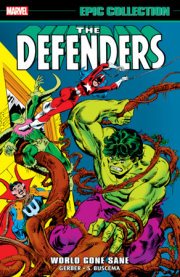
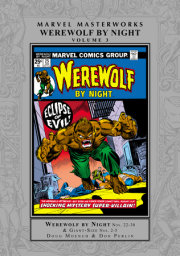
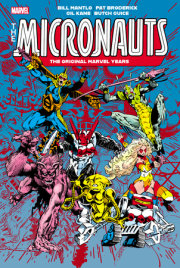
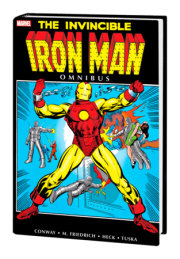
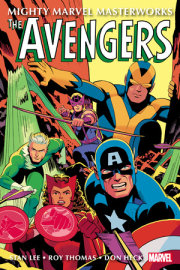

![Daredevil Epic Collection: A Woman Called Widow [New Printing]](https://images.penguinrandomhouse.com/cover/9781302957933?width=180)
